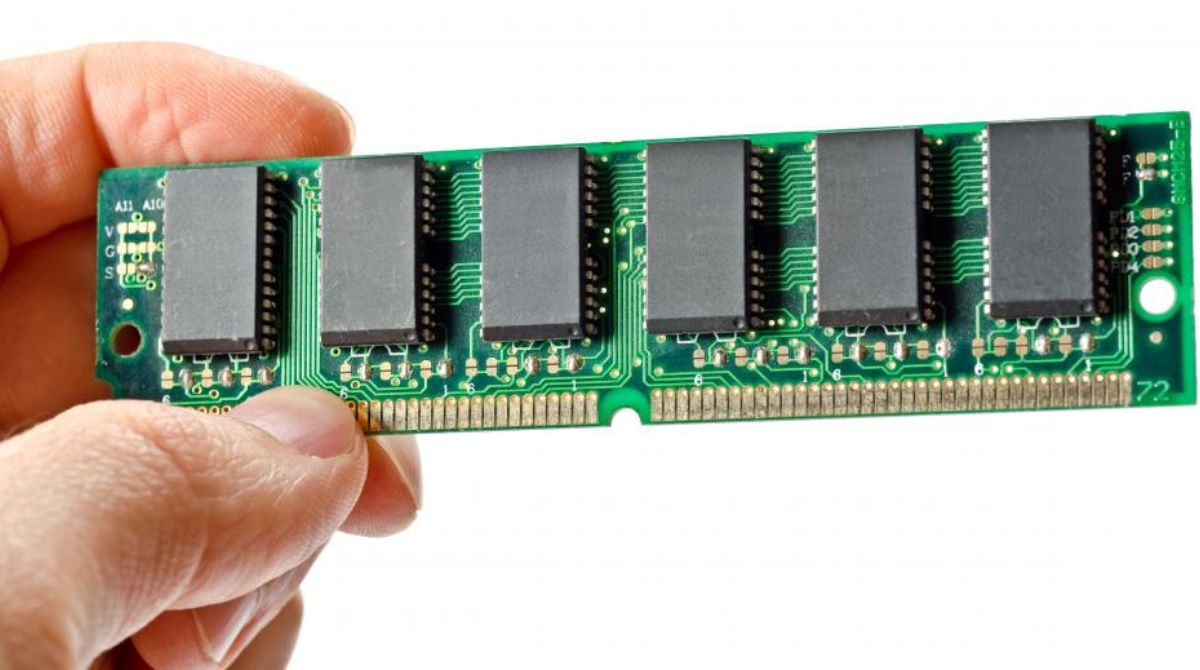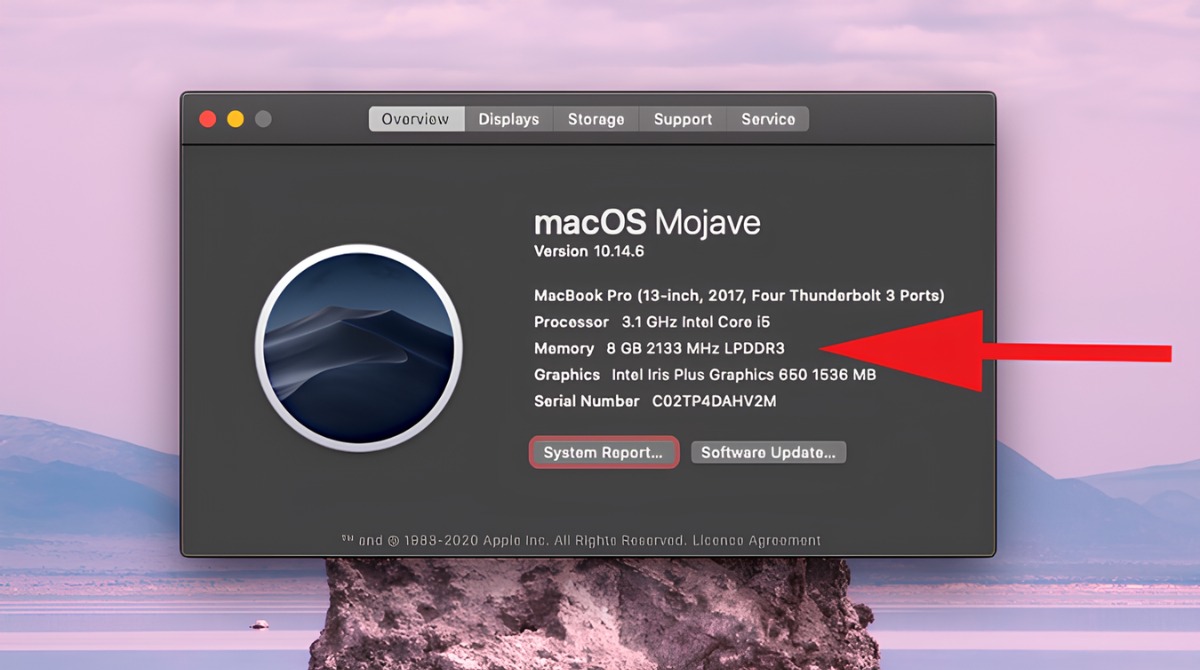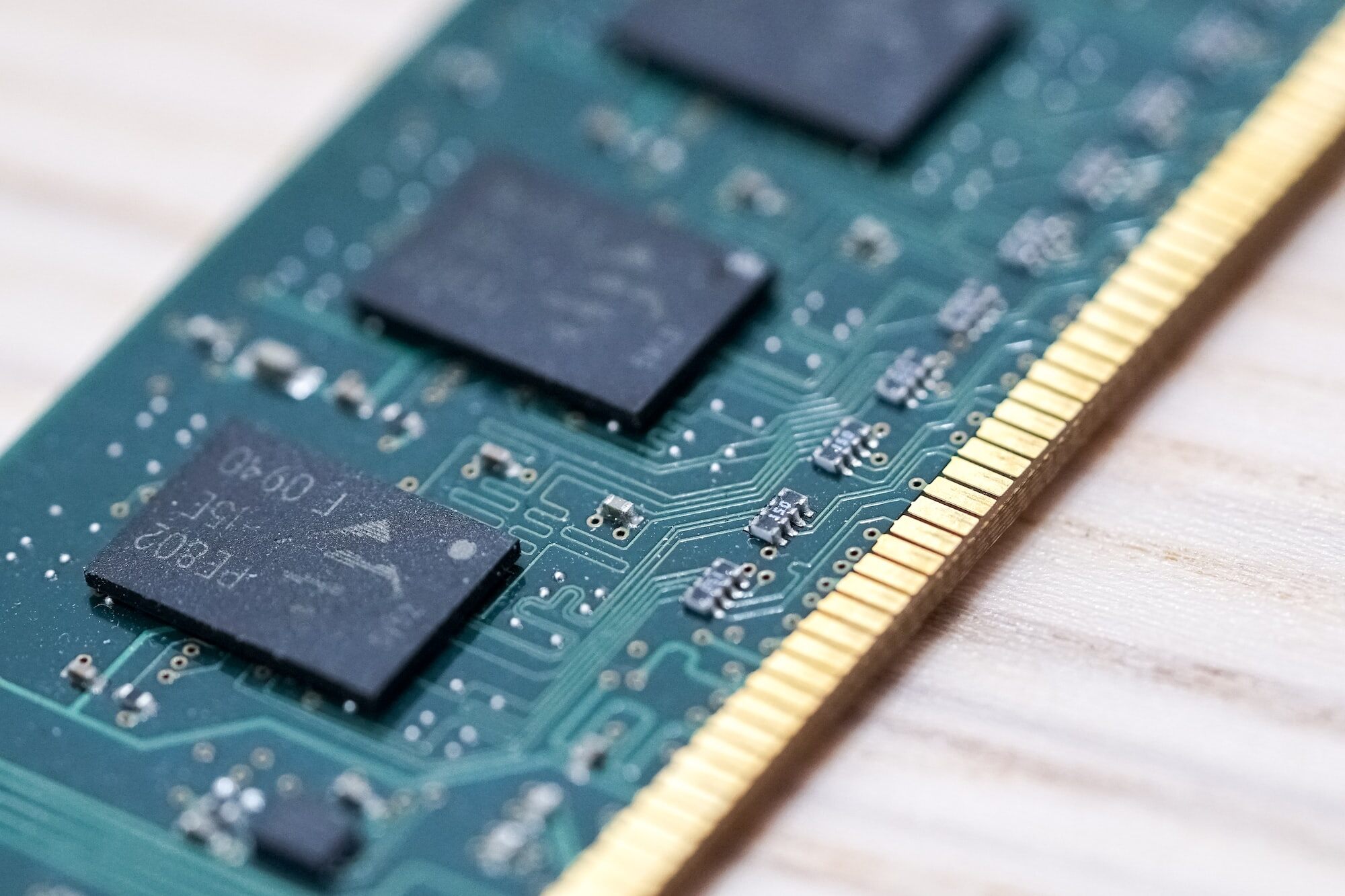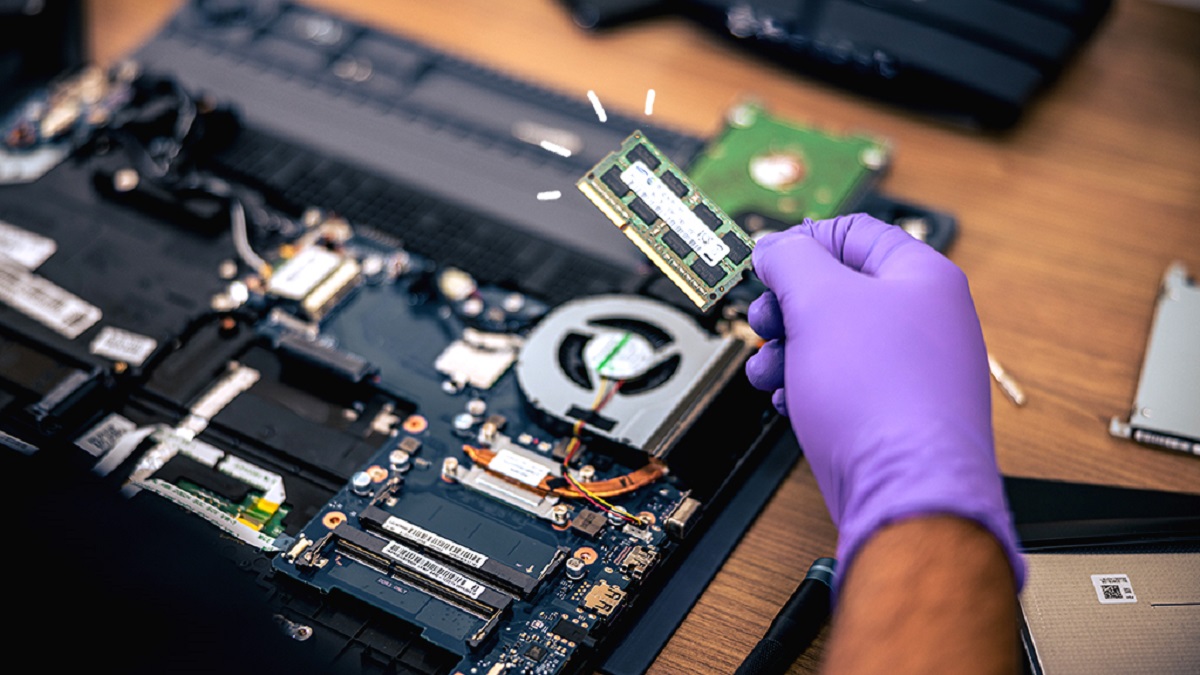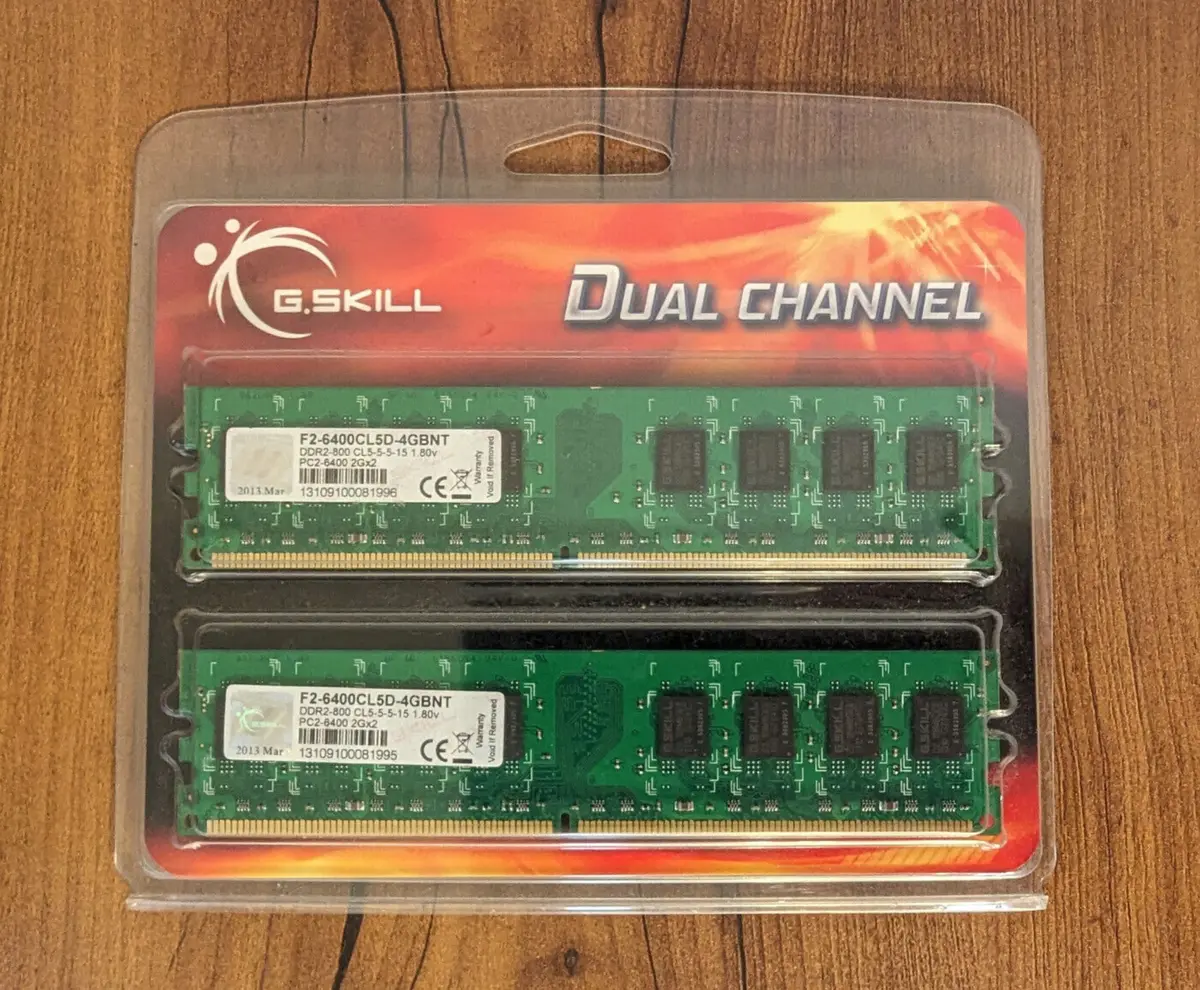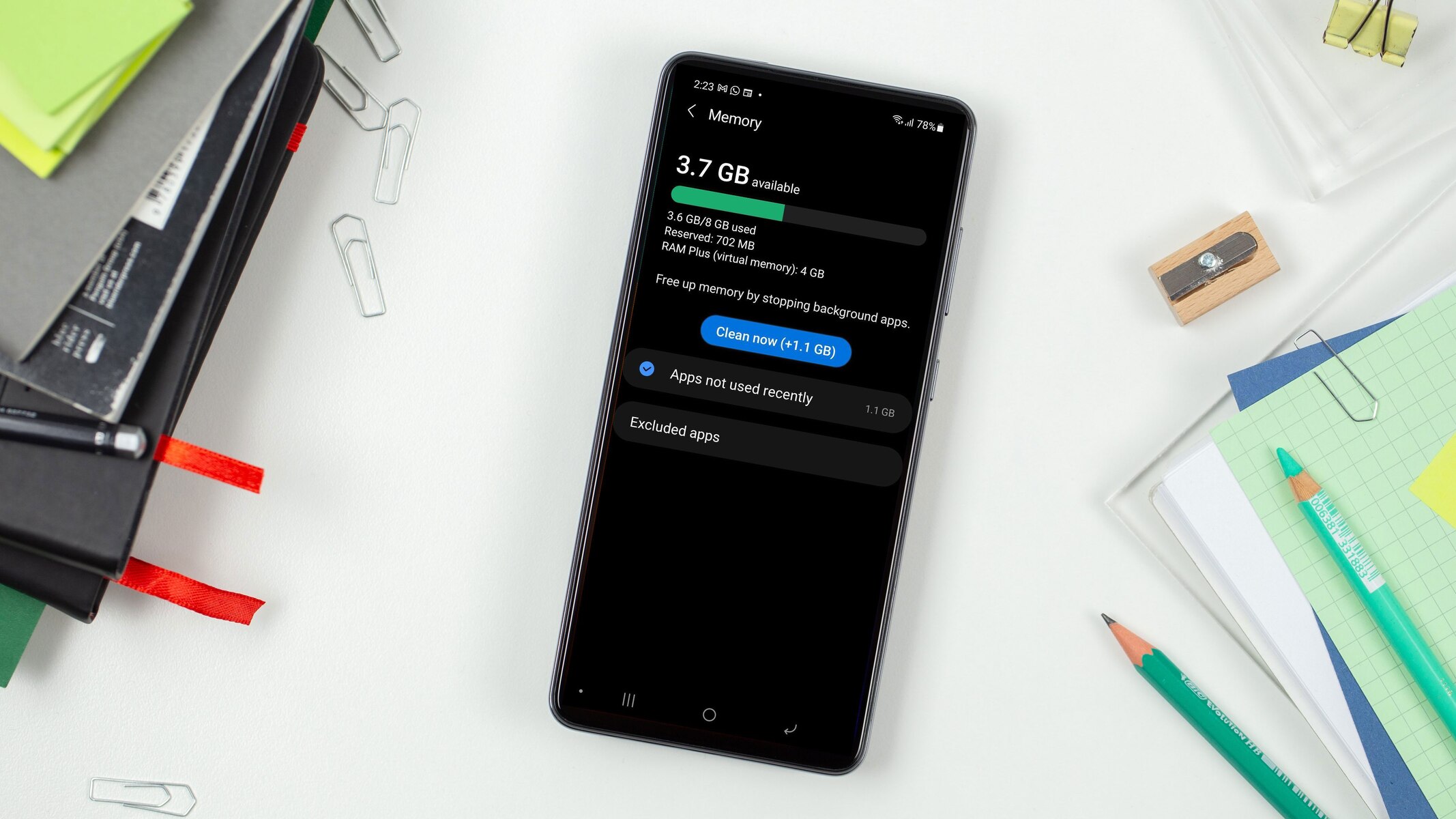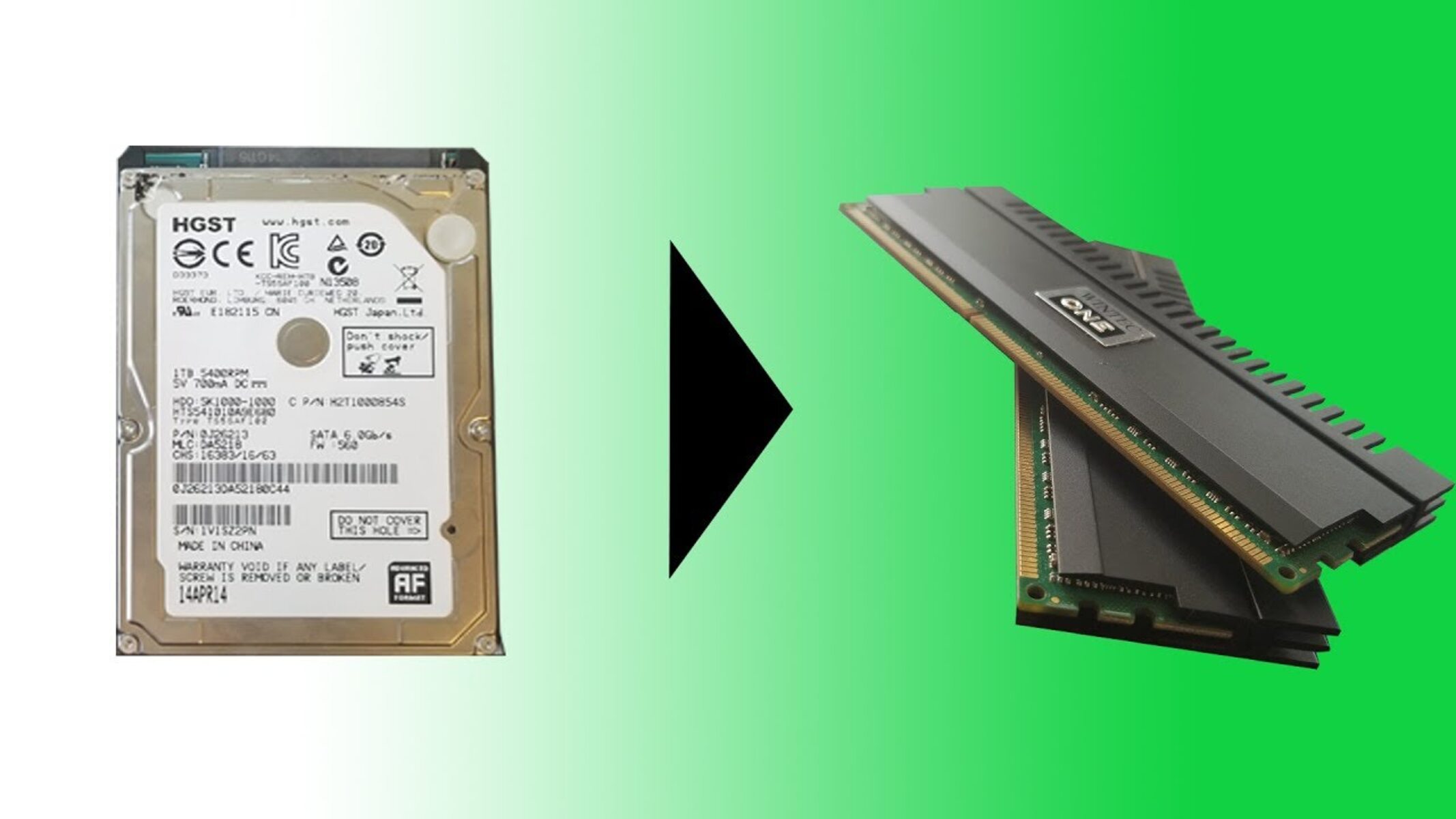Introduction:
Welcome to the world of technology where acronyms and technical jargon often leave us scratching our heads. One such term is RAM, which stands for Random Access Memory. You may have come across it while shopping for a new computer or researching ways to improve your device’s performance. But what exactly is RAM and why is it so important?
RAM is a crucial component of any electronic device, from smartphones and tablets to desktop computers and laptops. It plays a vital role in enabling the smooth and efficient functioning of your device, allowing you to run multiple applications simultaneously and access data quickly. Understanding how RAM works and why it matters can help you make informed decisions when it comes to purchasing, upgrading, or optimizing your computing experience.
In this article, we will delve into the world of RAM, exploring its importance, how it works, and factors that affect its performance. Whether you’re a tech-savvy individual or a curious learner, we’ll walk you through the basics and provide insights to help you harness the full potential of RAM.
So, without further ado, let’s dive into the world of RAM and discover its significance in the world of technology.
What is RAM?
RAM, or Random Access Memory, is a type of computer memory that is crucial for the smooth functioning of electronic devices. It serves as a temporary storage space for data that is actively being used by the device’s processor. Unlike a device’s permanent storage, such as the hard drive or solid-state drive, RAM provides fast and immediate access to data, allowing the processor to quickly retrieve and manipulate information.
Think of RAM as the brain of your device. It enables the processor to perform tasks efficiently by providing it with the necessary data and instructions. When you open an application or run a program, it gets loaded into the RAM, enabling the processor to access it quickly. The more RAM your device has, the more data it can store and actively work on at any given time.
RAM is often compared to a person’s short-term memory. Just like our ability to retain information for immediate use, RAM stores data temporarily and discards it when it’s no longer needed. When you shut down your device or reboot it, the data stored in RAM is erased, allowing for a fresh start the next time you power it on.
It’s important to note that RAM is different from permanent storage devices, such as hard drives or SSDs. While permanent storage retains data even when the device is turned off, RAM requires a constant power supply to maintain data integrity. This is why your device loses all unsaved data if it unexpectedly shuts down.
Overall, RAM plays a critical role in ensuring the smooth and efficient performance of your device. It provides the necessary storage space for your device’s active tasks and allows for quick data access, contributing to improved multitasking capabilities and overall responsiveness.
How does RAM work?
To understand how RAM works, let’s break it down into three key components: cells, addresses, and data pathways.
Cells: RAM is composed of millions (or even billions) of tiny electronic cells, each capable of storing a single piece of data. Each cell consists of a capacitor and a transistor. The presence or absence of an electrical charge in the capacitor determines the stored value (0 or 1).
Addresses: Each cell has a unique address that identifies its location within the RAM module. These addresses allow the processor to access specific cells quickly. When you request data, your device’s operating system sends the address to the RAM, allowing it to pinpoint the exact location of the requested data.
Data Pathways: RAM is designed with data pathways, also known as buses, that connect the cells to the rest of the device’s components. These pathways enable data to flow between the RAM and the processor, allowing for quick retrieval and storage of information.
So, when you open an application or run a program, your device’s operating system instructs the RAM to load the necessary data into its cells. This data includes everything from the application’s code to the information it needs to process and display. The CPU (Central Processing Unit) then retrieves the data it requires from the RAM, performs the necessary calculations and operations, and sends the result back to the RAM for temporary storage or further processing.
The speed and efficiency of RAM are vital for the overall performance of your device. The faster the RAM can access and transfer data, the quicker your device can process tasks. This is why RAM speed, measured in MHz (megahertz), is an important factor to consider when purchasing or upgrading your device’s memory.
It’s important to note that RAM is a volatile form of memory, meaning it requires a continuous power supply to retain data. Once the device is turned off or restarted, the data stored in RAM is erased, making room for new information.
In summary, RAM works by storing and accessing data through its cells, using unique addresses and data pathways. It enables the processor to quickly retrieve and manipulate information, contributing to the smooth and efficient functioning of your device.
Why is RAM important?
RAM plays a vital role in the performance and functionality of electronic devices. Here are a few key reasons why RAM is important:
1. Multi-tasking: RAM allows you to run multiple applications simultaneously. Each open application requires a certain amount of RAM to store and process data. With more RAM, your device can handle a greater number of tasks without slowing down or experiencing performance issues. This is especially important for those who work with resource-intensive applications or frequently switch between various programs.
2. Speed and Responsiveness: RAM provides fast access to data, allowing the processor to quickly retrieve and manipulate information. This results in faster load times for applications and files, smoother navigation within programs, and overall improved responsiveness of your device. With sufficient RAM, you can enjoy a seamless computing experience, free from frustrating lags and delays.
3. Enhanced Gaming Performance: RAM is particularly crucial for gamers. Modern games require a significant amount of RAM to store and process game assets, textures, and other data. Insufficient RAM can lead to decreased frame rates, choppy gameplay, and overall poor gaming performance. By having ample RAM, you can enjoy immersive and smooth gaming experiences, allowing you to fully appreciate the graphics and fast-paced action.
4. Efficiency: RAM reduces the need for your device to access data from slower storage devices, such as hard drives or solid-state drives. Since RAM provides faster access to data, it helps to minimize the wait times associated with retrieving data from permanent storage. This translates to improved efficiency and productivity, as your device can quickly retrieve and process the required information without excessive downtime.
5. Future-proofing: As technology advances and software becomes more resource-intensive, the demand for RAM increases. By having a sufficient amount of RAM, you can future-proof your device to some extent. This means that your device will be better equipped to handle the demands of future software updates and applications without the need for immediate upgrades.
In summary, RAM is important because it enables multi-tasking, enhances speed and responsiveness, improves gaming performance, increases efficiency, and helps future-proof your device. By investing in sufficient RAM, you can optimize your device’s performance and enjoy a seamless computing experience for years to come.
How much RAM do I need?
Determining the right amount of RAM for your needs depends on several factors, including the type of tasks you typically perform on your device and the software requirements of the applications you use. Here are some guidelines to help you decide:
1. Basic Usage: If you primarily use your device for everyday tasks like web browsing, email, and document editing, 4-8GB of RAM should be sufficient. This amount of RAM allows for smooth multitasking and ensures that your device can handle these basic tasks without any issues.
2. Multimedia and Gaming: If you frequently work with multimedia applications like photo or video editing software or play modern games, you’ll benefit from having 8-16GB of RAM. These resource-intensive tasks require more memory to handle the large file sizes and complex calculations involved.
3. Professional Work: Professionals who work with demanding software, such as graphic designers, architects, or video editors, should consider 16GB or more of RAM. These types of programs often require a significant amount of memory to run smoothly and efficiently. Having ample RAM ensures that your device can handle the tasks at hand without slowing down or experiencing performance issues.
4. Virtual Machines and Servers: If you use virtual machines or run servers on your device, you may require even more RAM. Virtual machines and servers allocate a portion of your device’s memory to create virtual environments. Depending on the number and complexity of the virtual machines or servers you run, you may need 32GB or more of RAM to ensure optimal performance.
5. Future Considerations: It’s always a good idea to consider future needs. If you plan to keep your device for several years or anticipate using more resource-intensive software in the future, opting for more RAM than your current requirements suggest can help future-proof your device and ensure smooth performance down the line.
Remember that these are general guidelines, and the specific RAM requirements may vary depending on the software you use and your specific workflow. It’s always a good idea to check the recommended system requirements of the applications you use and consider your future needs when deciding on the amount of RAM for your device.
What affects RAM performance?
Several factors can impact the performance of RAM and, consequently, the overall performance of your device. Understanding these factors can help you optimize your RAM usage and ensure a smooth computing experience. Here are some key factors that affect RAM performance:
1. Capacity: The amount of RAM installed in your device directly affects its performance. Insufficient RAM can lead to slow response times, laggy performance, and an overall decrease in system efficiency. To ensure optimal performance, it’s important to have enough RAM to handle the tasks you typically perform on your device.
2. RAM Speed: The speed at which RAM can retrieve and transfer data plays a significant role in overall system performance. RAM with higher clock speeds (measured in MHz) can provide faster data access and processing, resulting in quicker load times and smoother multitasking. It’s worth considering RAM modules with higher speed ratings to maximize performance.
3. RAM Type: The type of RAM you use can impact performance. Different generations of RAM, such as DDR3, DDR4, or DDR5, offer varying levels of speed and efficiency. The latest DDR4 and DDR5 RAM modules generally provide better performance and energy efficiency compared to older generations.
4. Compatibility: Ensuring compatibility between your RAM modules and your device’s hardware is crucial. Mixing incompatible RAM modules or using RAM that is not supported by your device can result in system instability, crashes, or even failure to boot. Always consult your device’s documentation or manufacturer’s specifications to ensure compatibility.
5. Background Processes: The number of background processes or applications running on your device can impact RAM performance. Having multiple intensive processes running simultaneously can put a strain on your RAM, resulting in slower performance. It’s advisable to close unnecessary applications and processes to free up RAM and ensure smooth operation.
6. Memory Leaks: Memory leaks occur when applications or processes fail to release memory after they are no longer needed. Over time, these memory leaks can accumulate, reducing the amount of available RAM and impacting performance. Regularly updating your software and operating system can help mitigate memory leaks and maintain optimal RAM performance.
7. Overclocking: Overclocking your RAM involves increasing its speed beyond the manufacturer’s specifications. While overclocking can potentially provide a performance boost, it also carries risks such as instability and system crashes. It’s crucial to carefully research and follow proper techniques when overclocking RAM to prevent adverse effects on your device’s performance and longevity.
8. Cooling: Excessive heat can negatively impact RAM performance. Overheating can cause the RAM modules to operate at lower speeds or even trigger system instability. Proper ventilation and cooling solutions, such as fans or cooling pads, can help maintain optimal RAM performance by preventing overheating.
By considering these factors and taking appropriate measures, such as upgrading RAM capacity, choosing higher-speed modules, and managing background processes, you can optimize your device’s RAM performance and enjoy a seamless computing experience.
Types of RAM
There are several types of RAM available in the market, each with its own specifications, features, and compatibility. Understanding the different types of RAM can help you make informed decisions when upgrading or purchasing RAM for your device. Here are some popular types of RAM:
1. DDR (Double Data Rate): DDR is one of the most common types of RAM. It is further categorized into different generations, including DDR3, DDR4, and the upcoming DDR5. DDR RAM modules offer faster speeds and improved efficiency compared to their predecessors, allowing for quicker data transfer rates and better overall performance.
2. SDRAM (Synchronous Dynamic Random Access Memory): SDRAM is a type of RAM that synchronizes with the clock speed of the computer’s bus, enhancing data transfer efficiency. It is commonly used in older computer systems, but it is still found in certain devices today.
3. DIMM (Dual In-Line Memory Module): DIMM is a common form factor for RAM modules. It features a series of dynamic random-access memory integrated circuits mounted on a small circuit board. DIMMs are used in desktop computers, servers, and workstations, providing high capacity and easy upgradability.
4. SODIMM (Small Outline Dual In-Line Memory Module): SODIMM is a more compact variant of DIMM commonly used in laptops, small form-factor PCs, and some servers. These modules have a smaller physical size but provide similar performance to DIMM modules.
5. ECC (Error-Correcting Code) RAM: ECC RAM, also known as parity RAM, includes additional circuitry that helps detect and correct memory errors. This type of RAM is commonly used in servers and workstations that require high reliability and data integrity.
6. VRAM (Video RAM): VRAM is a specialized type of RAM specifically designed for video processing. It is often found on dedicated graphics cards and is responsible for storing and delivering image data to your device’s display.
7. HBM (High Bandwidth Memory): HBM is a type of RAM that offers significantly higher bandwidth compared to traditional memory types. It is often used in high-end graphics cards and other specialized applications where fast data access is critical.
These are just a few examples of the various types of RAM available in the market. When choosing RAM for your device, consider factors such as compatibility, performance requirements, and budget. Consulting your device’s documentation or seeking advice from a knowledgeable professional can help ensure you select the appropriate type of RAM to optimize your device’s performance.
Tips for optimizing RAM usage
Optimizing your RAM usage can help improve the overall performance and responsiveness of your device. Here are some tips to make the most out of your available RAM:
1. Close unnecessary applications: Running multiple applications simultaneously consumes valuable RAM. Close any applications that you’re not actively using to free up memory for other tasks.
2. Manage startup programs: Some programs launch automatically when you start your device, using up valuable RAM. Review your startup programs and disable or remove any unnecessary ones to free up resources.
3. Clear temporary files: Temporary files and caches can accumulate over time, taking up precious RAM. Regularly clear these files to reclaim memory and improve overall system performance.
4. Limit background processes: Background processes, such as system updates or unnecessary system utilities, can eat up RAM. Disable or limit these processes to reduce the strain on your memory.
5. Upgrade your RAM: If you consistently find yourself running out of memory or experiencing performance issues, consider upgrading your RAM. Increasing the amount of memory can provide a significant boost in performance and multitasking capabilities.
6. Monitor resource usage: Use system monitoring tools to keep an eye on your device’s resource usage. This helps you identify applications or processes that consume excessive memory and take appropriate actions to optimize your RAM usage.
7. Adjust virtual memory settings: Virtual memory, also known as the paging file, is used by your device to supplement physical RAM. Adjusting virtual memory settings can help optimize memory usage. However, it is advisable to follow system recommendations or consult professional advice when making changes to virtual memory settings.
8. Keep your system updated: Regularly apply software updates and patches. Updates often include performance enhancements, bug fixes, and optimizations that can improve RAM usage and overall system efficiency.
9. Use lightweight applications: Consider using lightweight alternatives to resource-intensive applications. Lightweight applications consume less RAM and can provide similar functionality without putting a strain on your memory resources.
10. Restart your device: Restarting your device periodically helps clear the RAM of temporary data and processes, giving you a fresh start with optimal memory usage.
By following these tips, you can optimize your RAM usage, minimize memory bottlenecks, and enjoy a smoother and more efficient computing experience.
Conclusion
RAM, or Random Access Memory, is a vital component of any electronic device, playing a significant role in its performance and functionality. Understanding what RAM is and how it works helps you make informed decisions when it comes to upgrading or optimizing your device’s memory.
We explored the importance of RAM, highlighting its role in multitasking, speed and responsiveness, gaming performance, efficiency, and future-proofing. The right amount of RAM depends on your specific needs and the types of tasks you typically perform on your device. Whether you’re a basic user, a multimedia enthusiast, a professional, or a power user, having the appropriate amount of RAM ensures optimal performance and a seamless computing experience.
We also discussed factors that can affect RAM performance, including capacity, speed, type, compatibility, background processes, memory leaks, overclocking, and cooling. By considering these factors and implementing best practices, such as closing unnecessary applications, managing startup programs, and clearing temporary files, you can optimize your RAM usage and enhance your device’s overall performance and efficiency.
Furthermore, we explored different types of RAM, such as DDR, SDRAM, DIMM, SODIMM, ECC, VRAM, and HBM. Each type offers specific features and compatibility options, allowing you to choose the appropriate RAM for your device’s needs.
To make the most out of your RAM, we provided tips for optimizing RAM usage. These tips, such as managing background processes, upgrading RAM, monitoring resource usage, adjusting virtual memory settings, and using lightweight applications, can help you maximize the available memory and improve your device’s performance.
Overall, RAM is a critical component that contributes significantly to the smooth functioning and performance of your device. By understanding its importance, knowing how it works, and implementing optimization techniques, you can unleash the full potential of your device and enjoy a seamless computing experience.









